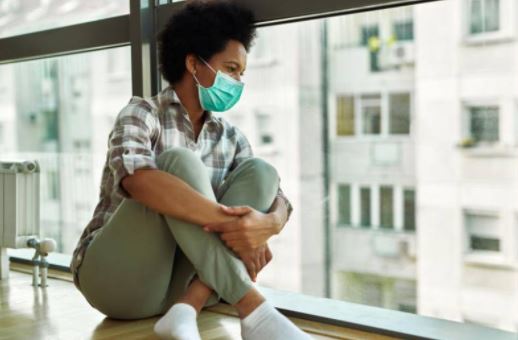Lifestyle
Why loneliness is increasingly becoming a major health risk

Loneliness is defined as a state of being alone, and feeling sad about it. But it is also possible to feel lonely when in the company of others, especially when you aren’t very interactive.
The effect of loneliness on health has long been known, but has recently been magnified by social isolations that have been occasioned by the ongoing viral pandemic.
So what happens when one is lonely? The main link to poor health is the association with mental illness.
The lack of meaningful human interactions can initiate depressive thoughts and feelings, which may eventually transit into a psychiatric status.
The end result may be long-term mental disease necessitating supervised treatment. In other extremes, some may become prone to self-harm. It’s no wonder that suicide rates have increasingly been associated with loneliness.
Who is prone to loneliness? It’s practically everyone. Older people have always been associated with loneliness, especially those living alone or in care homes for the elderly.
But over the years, observations appear to suggest that three times as many young people are affected by loneliness compared to older people. Modern lifestyles have something to do with this trend, which translates into health issues which are increasingly surpassing chronic conditions.
Some are reporting worse health outcomes with loneliness as compared to smoking or obesity. Lonely individuals have as much as 50% increased risk of premature deaths. Loneliness needs an action plan, both at the individual level and also at a public health level. There is a lot you can do to improve your social interactions. Family and friends are a good starting point.
Yes, modern lifestyles mean that people are more isolated, even when they live in communities. But that’s no excuse for limiting your interactions with others.
There are umpteenth number of deliberately curated activities for family and friends that are key to fighting isolation and loneliness. From a public health point of view, several initiatives are now routinely being recommended.
A common remedial action is what has been described as ‘’social prescribing’’. This is a formal way for healthcare workers to refer and recommend patients for non-clinical services that negate loneliness.
A dedicated worker within a community helps with the design of a package of services and activities. This might include simple things like gardening clubs, dance sessions, or just group chats. Whatever other activities that may be appealing can be added onto the social prescription.
The eventual aim is uplift the level of human interactions, and negate isolation and loneliness. If you ever find yourself drifting towards isolation and loneliness, remember it isn’t good for your health. Find ways of re-connecting with others.
Be quick to seek help early enough before heading onto a pathway of mental instability and overall poor health.










